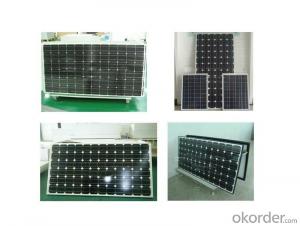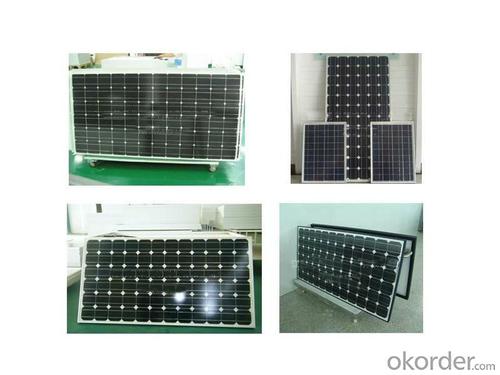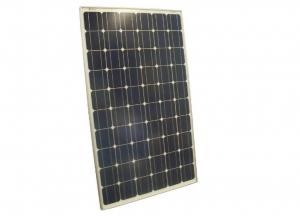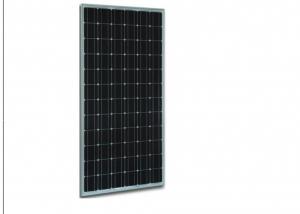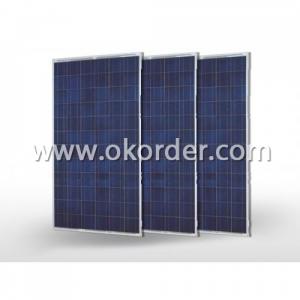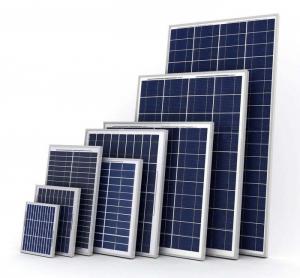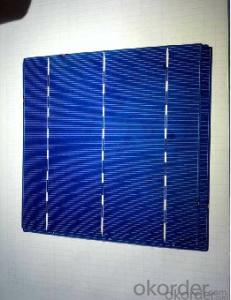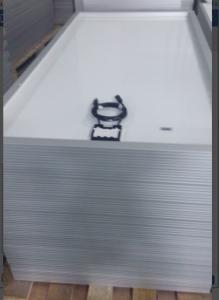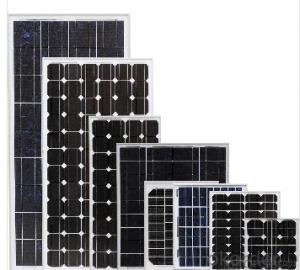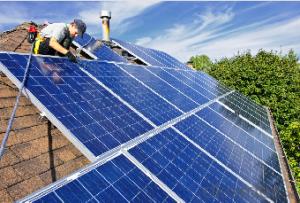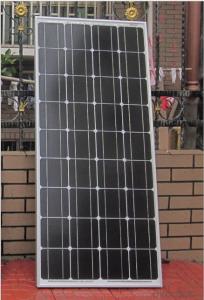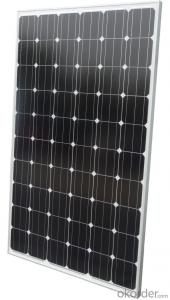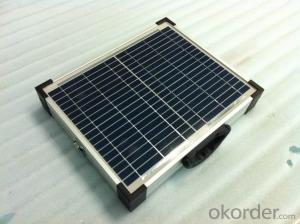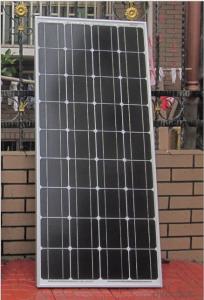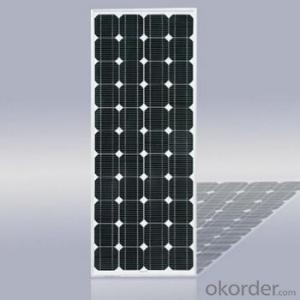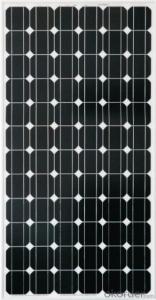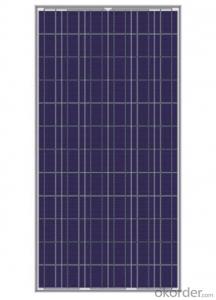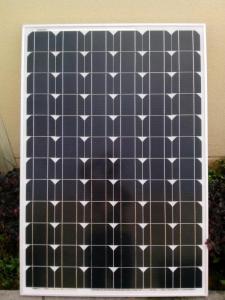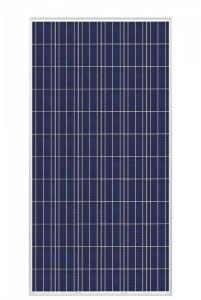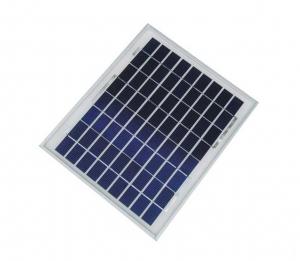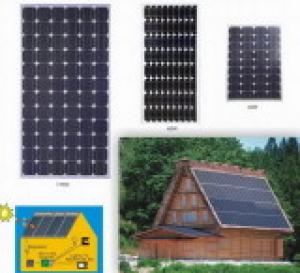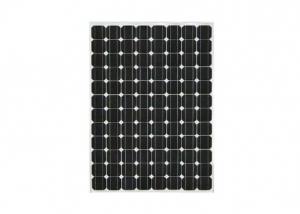Solar Panels Az - Monocrystalline 100W Solar Module for Home Use
- Loading Port:
- China main port
- Payment Terms:
- TT OR LC
- Min Order Qty:
- 1 pc
- Supply Capability:
- 10000000 pc/month
OKorder Service Pledge
Quality Product, Order Online Tracking, Timely Delivery
OKorder Financial Service
Credit Rating, Credit Services, Credit Purchasing
You Might Also Like
Quick Details
| Place of Origin: | Guangdong China (Mainland) | Brand Name: | sunny energy | Model Number: | SEM-200W-P |
| Material: | Polycrystalline Silicon | Size: | 1482*992*50mm | Number of Cells: | 6*12pcs |
| Max. Power: | 215W | certificate: | IEC,CSA,MCS | weight: | 24.5kg |
| lifespan: | 25years | cell: | Motech | leadtime: | 15~25days |
| sample: | available |
Packaging & Delivery
| Packaging Detail: | 2pcs in one carton,and we could also package as your request.. |
| Delivery Detail: | 25days |
Specifications
solar module:
1)High quality & efficiency
2)CSA/IEC/CEC certificate
3)Pm is notless than 90% in 10 yrs
and 80% in 20 yrs
high efficiency 200w poly solar module
| Characteristics | SEM-190PB205 | SEM-195PB205 | SEM-200PB205 | SEM-210PB205 | SEM-215PB205 |
| Maximum power(Pm) | 190.0W | 195.0W | 200.0W | 210.0W | 215.0W |
| Power Tolerance | ±3% | ±3% | ±3% | ±3% | ±3% |
| Voltage at max power(Vmp) | 34.9V | 34.9V | 34.9V | 34.9V | 34.9V |
| Current at max power(Imp) | 5.44A | 5.58A | 5.73A | 6.02A | 6.16A |
| Open circuit Voltage(Voc) | 43.2V | 43.2V | 43.2V | 43.2V | 43.2V |
| Short circuit current(Isc) | 5.98A | 6.15A | 6.3A | 6.62A | 6.78A |
| Operating Temperature | -40°Cto+85°C | -40°Cto+85°C | -40°Cto+85°C | -40°Cto+85°C | -40°Cto+85°C |
| Maximum System Voltage | 1000V | 1000V | 1000V | 1000V | 1000V |
| Maximum series Fuse Rating | 15A | 15A | 15A | 15A | 15A |
| Standard Test Condition | Irradiance 1000W/sqm,Module temperature 25°C,AM=1.5 | ||||
| Mechanical Characteristics | |||||
| Solar cell:Polycrystalline silicon solar cell 156×156mm(6inch) | |||||
| No.ofcells and connections:72=6×12pcs | |||||
| Dimension of module:1482×992×50mm(58.3×39×2inch) | |||||
| Weight:24.50kg | |||||
| Junction Box:Ip65 rated | |||||
| Packing Configuration:2Pcs/CTN,1510×1020×120mm(59.5×40.1×4.7inch) | |||||
| Warranty: Pm is not less than 90% in 10 years and 80% in 25 years | |||||
| Resistances:227g stell ball fall down from 1m height and 60m/s wind | |||||
| Temperature Coefficients | |||||
| Noct:48°C±2°C | |||||
| Current temperature coefficient:0.06±0.01%/K | |||||
| Voltage temperature coefficient:-(78±10)MV/K | |||||
| Power temperature coefficient:-(0.5±0.05)%/K | |||||
| IEC 61215 ed.2, IEC61730 and UL-1703 | |||||
- Q: How do solar panels affect the overall energy consumption of a building?
- Solar panels can significantly reduce the overall energy consumption of a building by generating clean and renewable electricity. By harnessing the sun's energy, solar panels provide a source of power that displaces the need for fossil fuel-based electricity from the grid. This not only helps to lower energy bills but also reduces the building's carbon footprint, making it more sustainable and environmentally friendly.
- Q: How much candle lights is required to operate a 205 watt solar panel?
- That's hard to tell. A solar panel produces somewhere between 7 and 0W per square foot under sunlight exposure. You should calculate the light intensity of sunlight, and then calculate the light intensity of a candle (You'll have to look that up in some physics book or the internet) and then just multiply the number of candles until you match the intensity of sunlight. Realistically, you would need so many candles that you wouldn't be able to fit them in front of the solar panels, assuming you don't end up with a huge fireball.
- Q: If I wanted to put some solar panels on my roof, how many would i need and how many watts would they have to be to be able to power my whole house?
- Actually even if you cover your whole roof with panels, you wont get enugh power to even run a tv, fan and light at the same time. Solar panels give out a very less power output.
- Q: Can solar panels be used in areas with high levels of snow or ice?
- Yes, solar panels can be used in areas with high levels of snow or ice. However, their efficiency may be reduced during winter months due to reduced sunlight exposure and accumulation of snow or ice on the panels. To mitigate this, solar panels can be installed at an angle to allow snow to slide off, or they can be equipped with heating systems to melt the snow or ice. Additionally, regular maintenance and cleaning may be required to ensure optimal performance in snowy or icy conditions.
- Q: If my school was to purchase enough solar panels to run the school off only their power, how much might that cost? (I have a really small school, only 384 kids.)Just general prices of solar panels and how much electricity they yield would be fine too.
- Bravo... okorder /
- Q: So I want to go completely solar. Do I need the connected solar panels alone for after sundown hours; Do I need something else in order to have energy to run my entire house throughout the night?In other words do solar panels store the energy for after sun-down or do I need other devices to store the energy?
- Solar okorder
- Q: What is the impact of bird droppings on solar panels?
- Bird droppings can have a negative impact on solar panels as they can reduce the efficiency of the panels by blocking sunlight. The droppings can create shadows and reduce the amount of sunlight that reaches the panels, leading to decreased energy production. Additionally, the acidic nature of bird droppings can damage the surface of the panels if not cleaned regularly, potentially reducing their lifespan. Therefore, it is important to regularly clean and maintain solar panels to ensure optimal performance and longevity.
- Q: Can solar panels be used in areas with high levels of windstorms?
- Yes, solar panels can be used in areas with high levels of windstorms. However, it is important to ensure that the solar panels are properly designed, installed, and secured to withstand the strong winds. Reinforcements and adequate mounting systems can be used to make solar panels more resistant to windstorms.
- Q: what is the average cost, for a single family home, to install solar panels? I live in CA.
- Just to be sure - when you say solar panels - are you thinking of hot water or electricity? For electrical power the system must photovoltaic.
- Q: Can solar panels be used to power a museum?
- Yes, solar panels can be used to power a museum. Solar panels capture sunlight and convert it into electricity, which can then be used to power various electrical systems within the museum. This sustainable energy source can help reduce reliance on traditional grid electricity and lower the museum's carbon footprint. Additionally, advancements in solar technology have made it more efficient and cost-effective, making it a viable option for powering both small and large-scale facilities like museums.
Send your message to us
Solar Panels Az - Monocrystalline 100W Solar Module for Home Use
- Loading Port:
- China main port
- Payment Terms:
- TT OR LC
- Min Order Qty:
- 1 pc
- Supply Capability:
- 10000000 pc/month
OKorder Service Pledge
Quality Product, Order Online Tracking, Timely Delivery
OKorder Financial Service
Credit Rating, Credit Services, Credit Purchasing
Similar products
Hot products
Hot Searches
Related keywords
